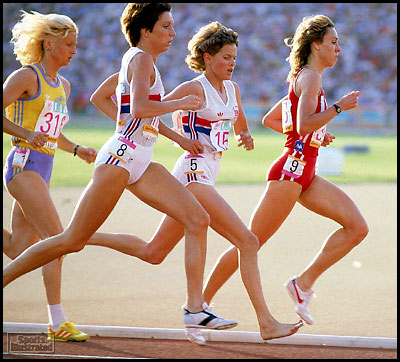When you woke up this morning, did you feel READY for the day and its physical challenges?
If you asked me that question today, I would have said YES. But then again, yesterday I would have said NO. What was the difference? Did something suddenly happen to my fitness level over 24 hours?
The difference lies between Preparedness and Readiness.
You might have prepared (=trained) for the big day for a long time, but it is just part of the equation – you also need to be READY, when the gun goes off or the whistle blows? The Olympians in Rio at this very moment know this paradox all too well. You can be ‘prepared’, but not ‘ready’, when it matters the most.
Preparedness and Readiness are terms made more understandable and scientifically available by scientists behind physiological tracking systems such as Omegawave. Omegawave tracks various physiological systems and their readiness at the given moment. To give you a quick illustration, here is my result from yesterday and the day before.
Tuesday 8/15/16
Wednesday 8/16/16
The Windows of Trainability give you an idea of which systems are ready for development and which ones require more recovery before they are ready for a new developmental stimulation.
The concept and the principle of Preparedness vs. Readiness is a great help in optimizing each training session, whether you have access to technology or not. Just understanding the fact, that sometimes (maybe often) recovery is your best workout for getting better. And learning that sometimes (maybe often) the athlete who is more READY wins. And you can almost always improve Readiness, even when its not possible to improve Preparedness. Here is my Omegawave reading 25 minutes apart with some relaxation in between, both before the workout. While understanding that sometimes technology can give us false readings and assumptions, I would always prefer the latter state to build fitness and performance on.
8:45 am Wednesday 8/17/16
9:10 am Wednesday 8/17/16
As the founder of EXOS performance Mark Verstegen would say: “Every day is a game day”.
Get prepared and be ready!
Tommi the Trainer







